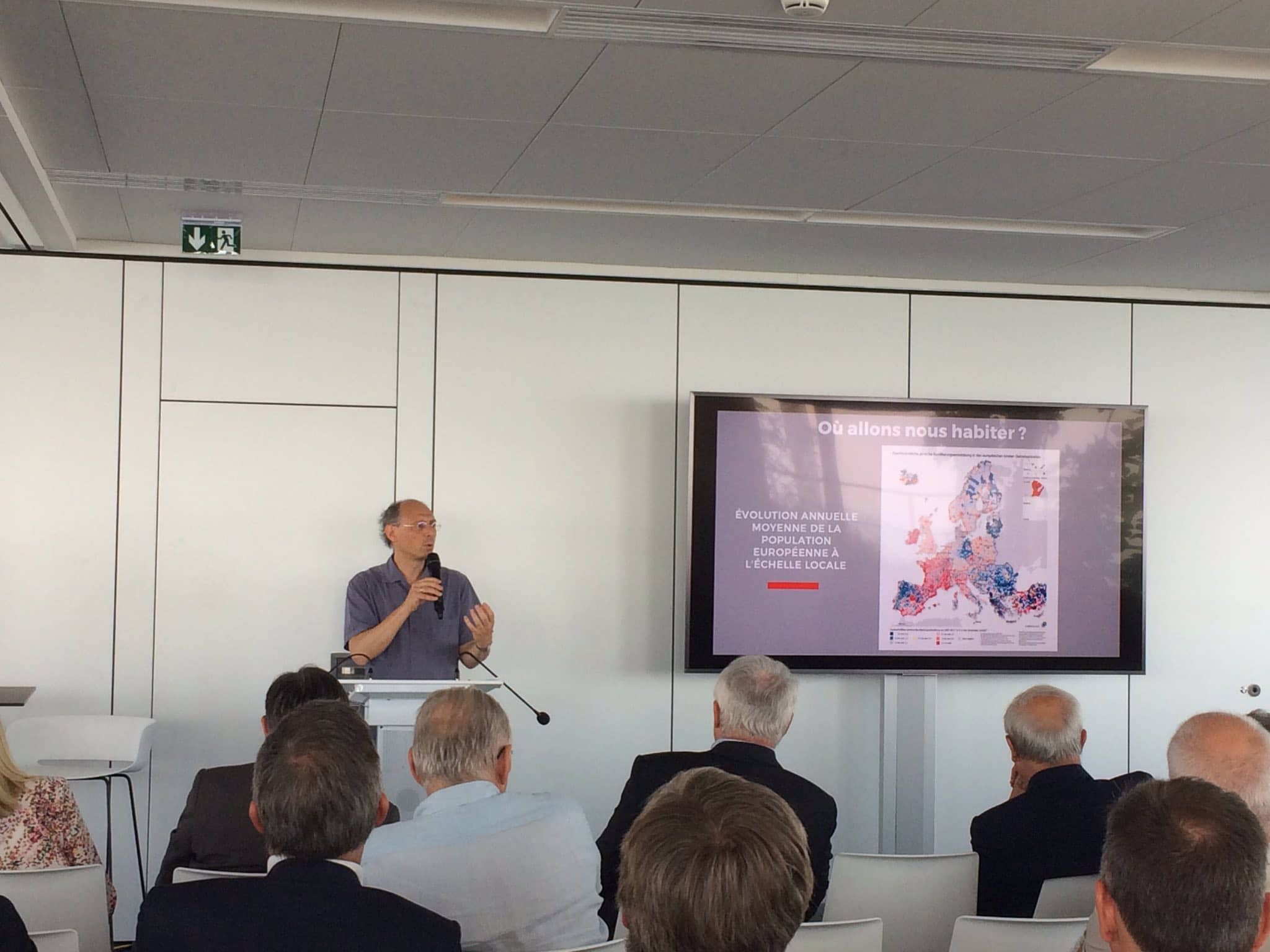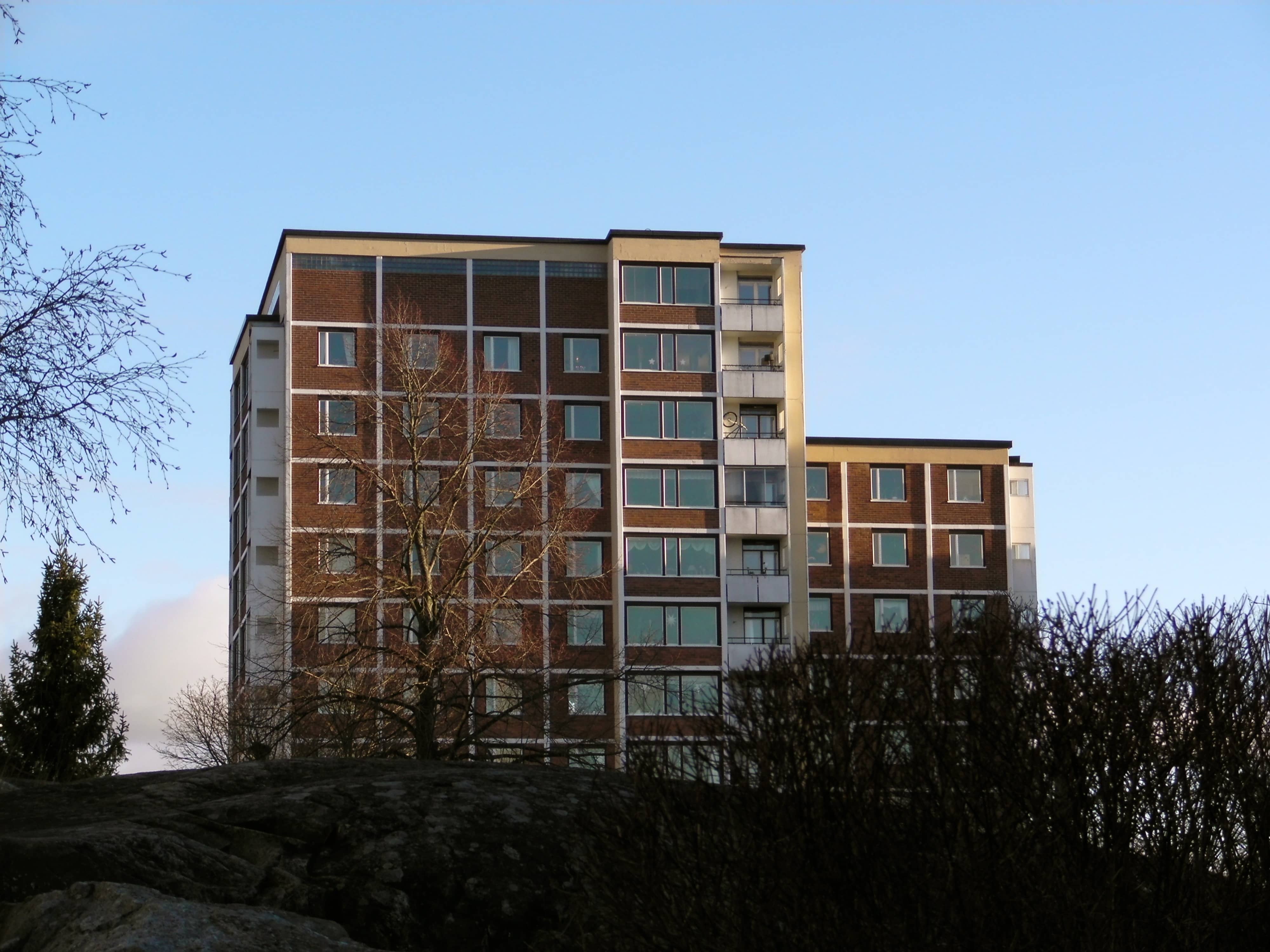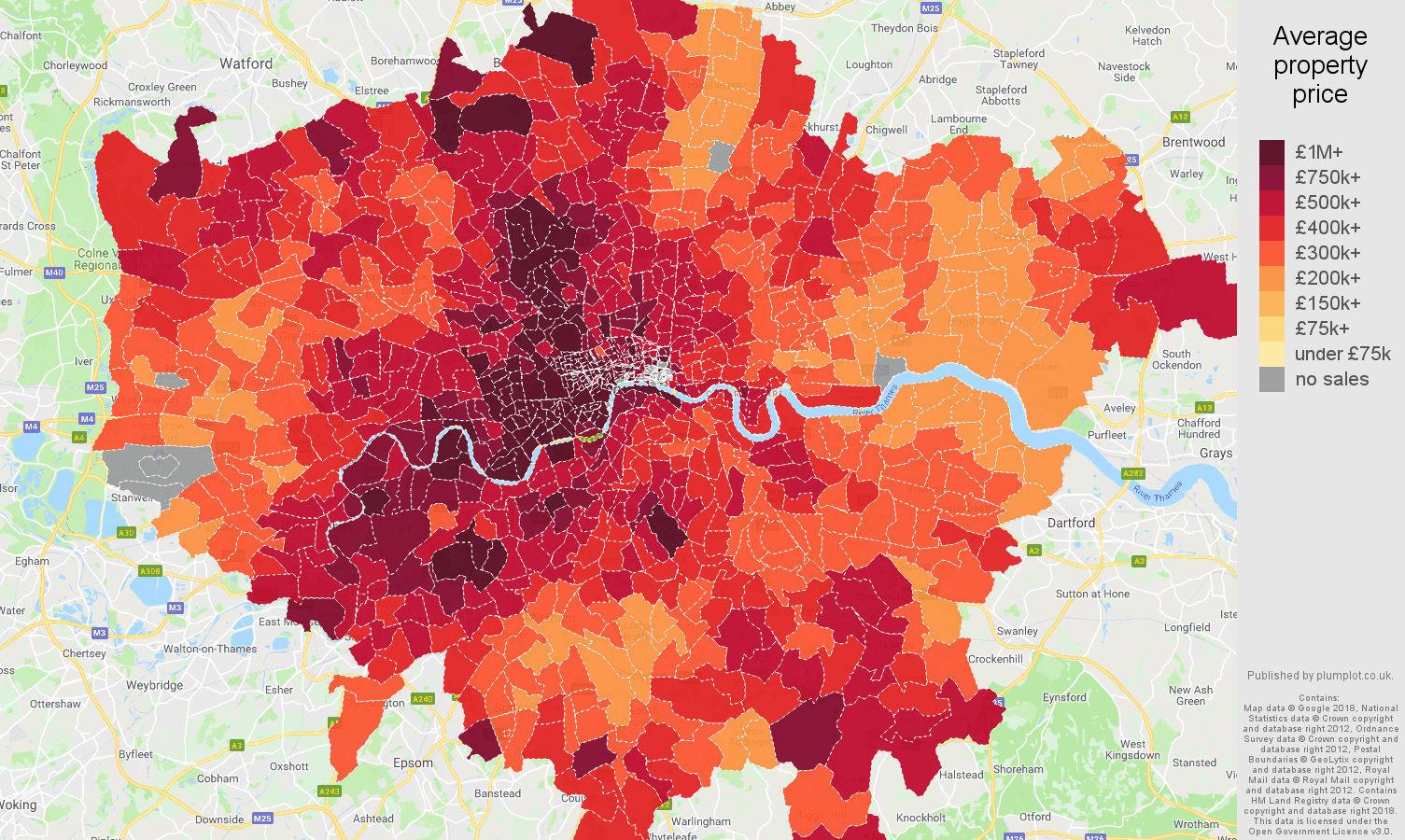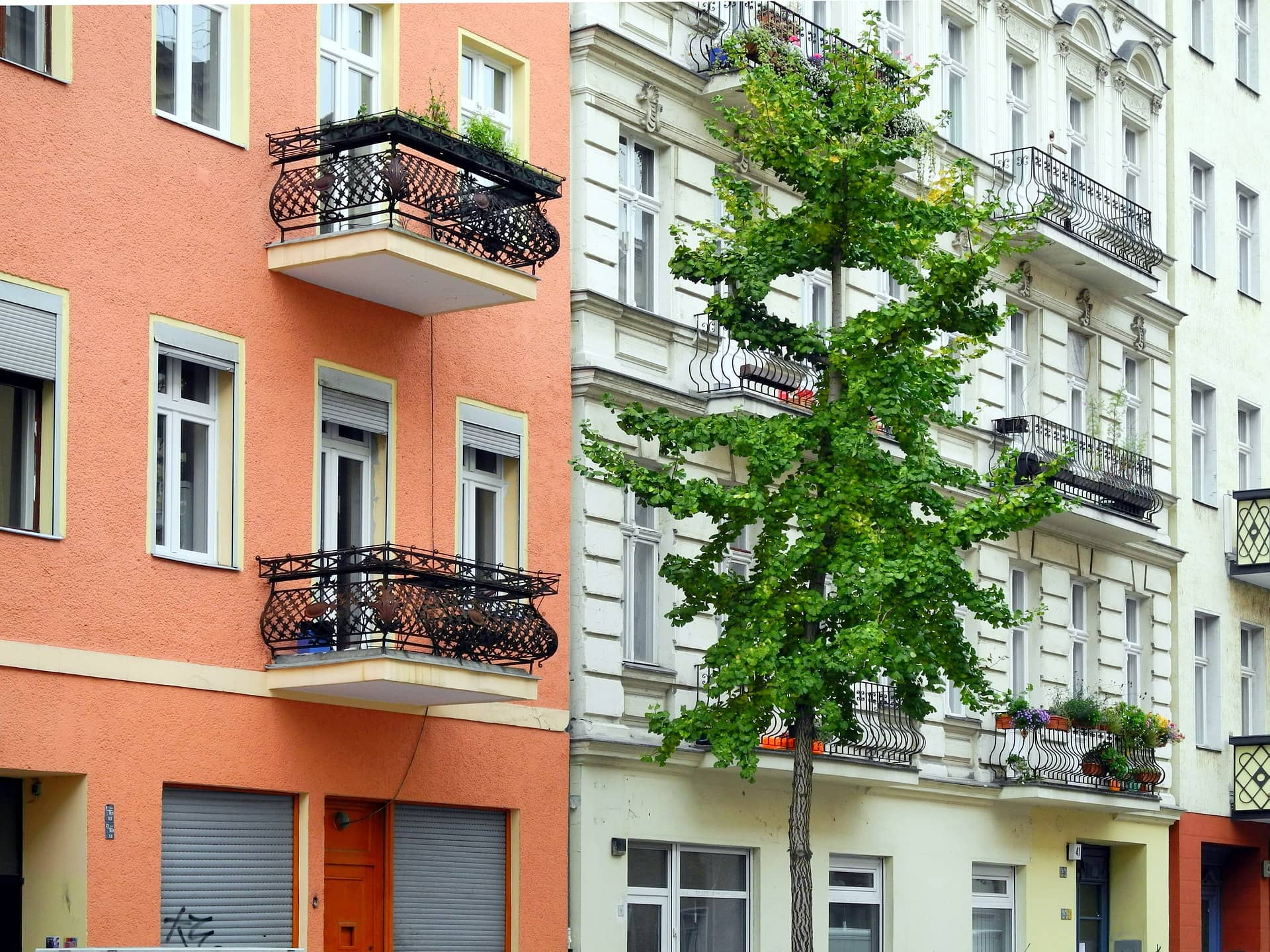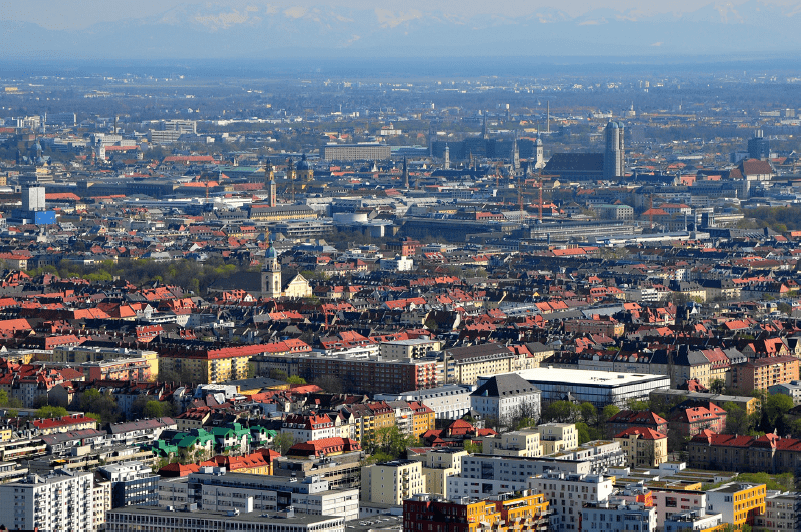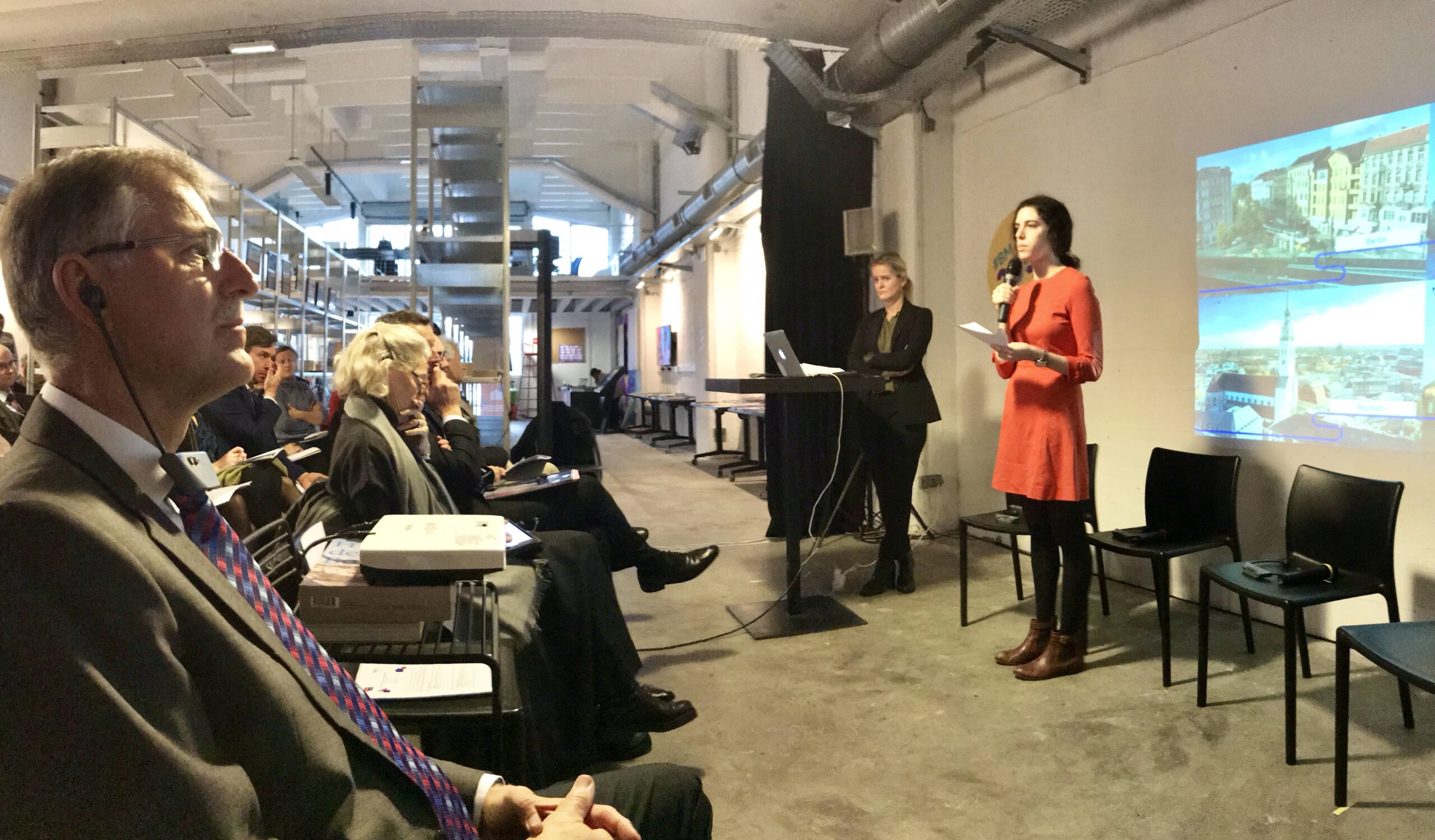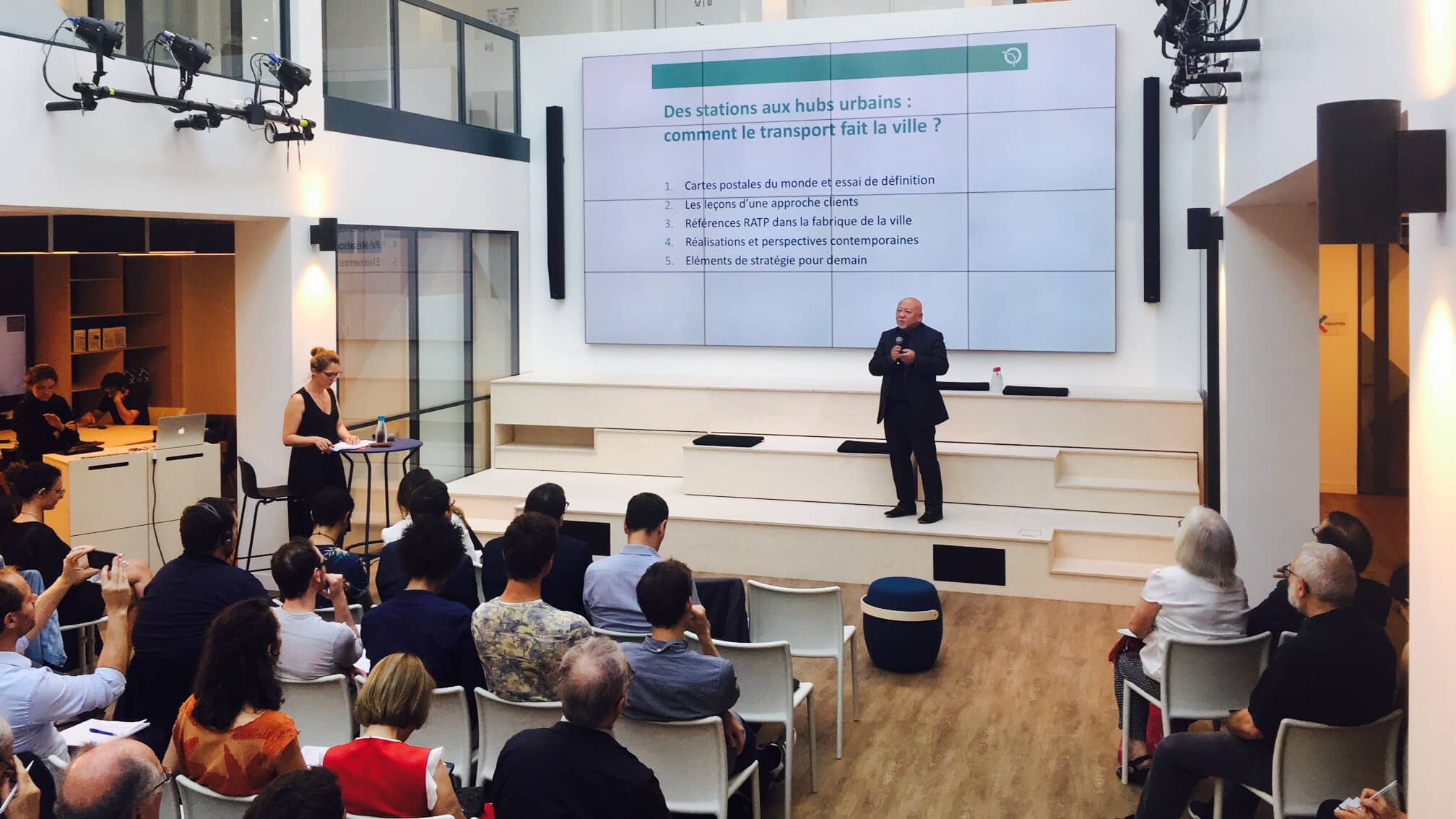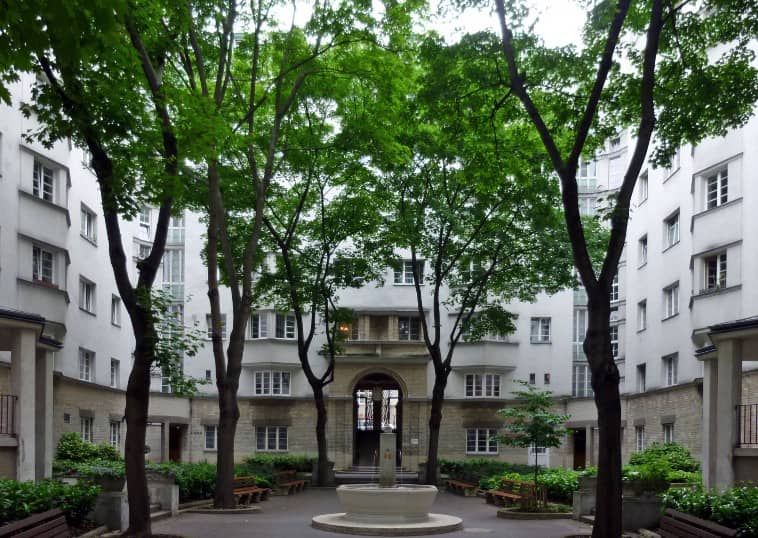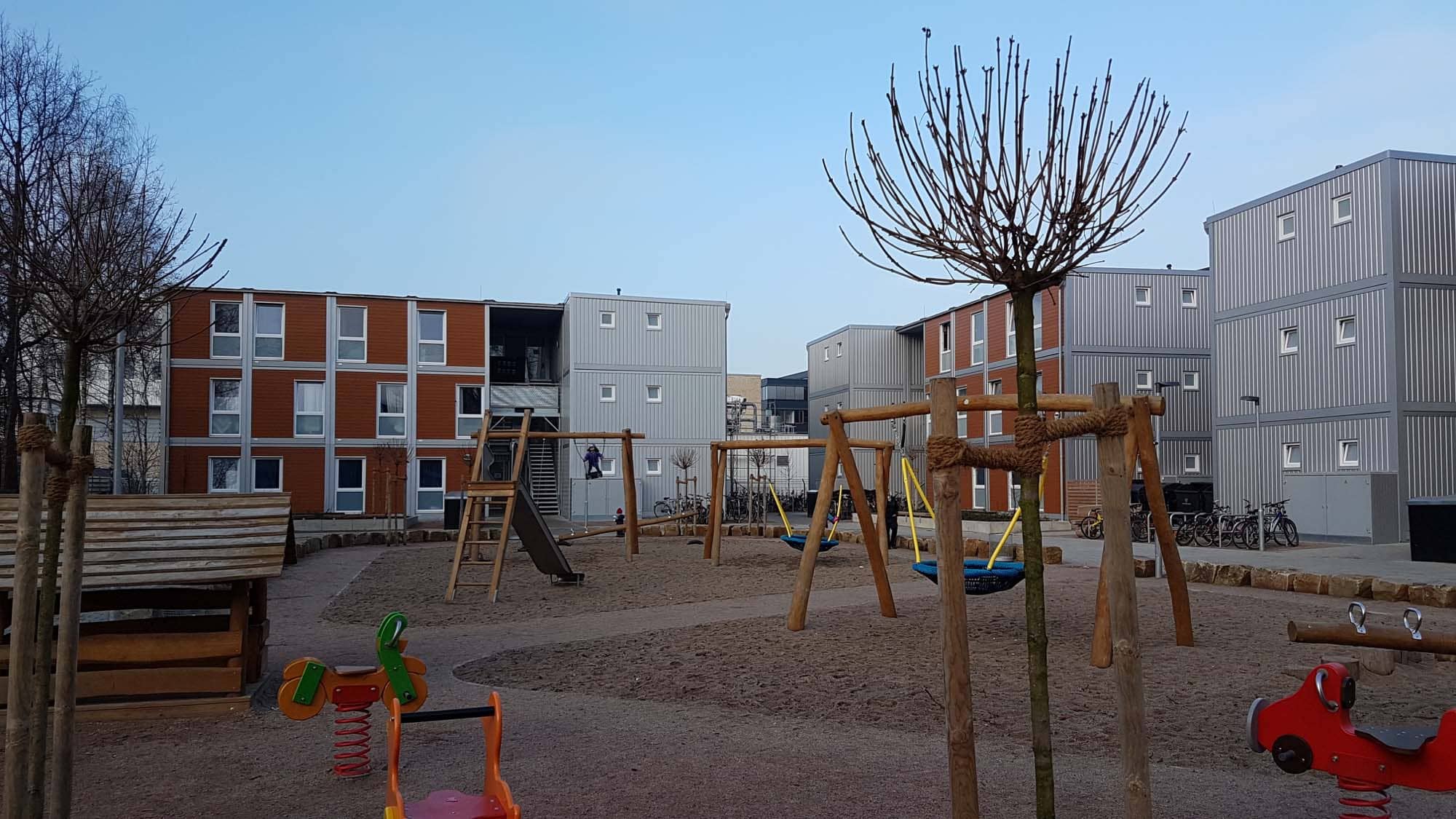

Behind the words: Affordable housing
In 2018,La Fabrique de la Cité published a report on the affordable housing shortage in growing European metropolises, consisting of seven case studies dedicated to Paris, London, Berlin, Stockholm, Warsaw, Munich, and Bordeaux. The affordable housing crisis, which pushes low- and middle-income households ever further away from urban cores and affects the attractiveness and resilience of metropolises all over the world, has since continued to worsen. But if the situation looks like an unsolvable equation, it is not only because – as our report showed – there is no miracle cure for the shortage; it is also because there is no consensus on the very notion of affordable housing. Let us take a closer look at a term everyone thinks they understand, but of which there are actually countless interpretations.
The term “affordable housing” is of Anglo-Saxon origin; in the United Kingdom, it refers to “housing for sale or for rent, for those whose needs are not met by the market [i]“. The term is widespread in English-speaking countries, but in France it has had much more limited success and is readily equated with social housing, even though the two terms are not synonymous, and their definitions only partially overlap. The first refers to the cost of housing: what is affordable “has a cost that is not too high [ii]”. The second, however, does not refer to a financial factor but to the profile of the occupants of said housing: social housing is “rental housing with moderate rent and reserved for people with modest incomes [iii]“. Thus, as Jean-Claude Driant writes in Politique du logement, “the only consensus on the definition of social housing in France relates to the fact that it accommodates, can accommodate or must accommodate households that have difficulty finding accommodation in good conditions of size and comfort within the strict framework of market mechanisms, either because the necessary supply is not present in sufficient quantity or because its accessibility is limited, notably for price reasons [iv]“. Social housing is not systematically affordable: in France, for example, “a large part of the most modest groups do not have access to social housing. Indeed, only half of the households living below the poverty line benefit from it [v]“, notes Terra Novain a report titled Habiter dans 20 ans. Equating social housing with affordable housing necessarily leads to a fragmented and imperfect vision of the latter. Affordable housing in the Anglo-Saxon sense also includes free market housing with low rent or purchase price. In encouraging EU Member States to invest heavily in affordable housing, the European Commission also adopts a voluntarily broadened definition of affordable housing, that includes social accession or intermediate rental housing. Finally, Vienna, often referred to as the European capital of social housing, is in fact more of a figurehead for affordable housing in the broadest sense: its success stems from a clever combination of social and municipal housing, which account for 25% and 42% of its housing stock respectively. In addition, the Viennese municipality is joining forces with private partners to further consolidate its affordable housing stock: it is selling its land to private developers at an advantageous price, following a call for tenders based on qualitative criteria (architectural virtues of the project, environmental performance, etc.); in return, its private partners undertake to rent 50% of this housing to low-income households.
It is clear that affordable housing is not necessarily social housing, or even public housing; therefore, a policy in favor of affordable housing that is exclusively based on the development of a social housing stock cannot address the shortage of affordable housing. Thus, while in Paris 21.1% of main residences are social housing, the French capital is nevertheless one of the most expensive metropolises in the world in terms of real estate. So, how can we arrive at a working definition of affordable housing? In Toronto, a global city experiencing the first symptoms of a housing shortage, the city council long chose, in its strategy and communications, to define affordable housing as housing with a price less than or equal to 80% of the average market price, a questionable definition given that the average rent for a Toronto studio apartment is now 2,360 Canadian dollars per month (i.e. more than €1,600). In its new HousingTO 2020-2030 Action Plan, approved and published in November 2019, the Municipality of Toronto abandoned this definition, preferring instead a rate-of-effort approach: “half of Toronto’s tenant households allocate more than 30% of their pre-tax income to housing expenses,” the Plan notes. This approach focuses on the inhabitant; for them, it is not the occupancy status of their dwelling (rental or ownership) nor the absolute amount of their monthly housing expenses (repayment of a mortgage or rent) that determines whether housing is affordable or not, but rather the weight that housing expenses represent in the overall monthly budget, i.e. the housing expenses/income ratio. This ratio is called the rate of effort. Affordable housing is generally considered to be housing the price of which is such that it does not require a rate of effort of more than 30% from its occupant. However, housing expenditure is consubstantial with two other types of incompressible expenditure incurred by households: those related to energy and mobility, which are largely due to the characteristics of the dwelling. Thus, the location and exposure of a dwelling and the materials of which it is made up will influence its inhabitants’ energy consumption. The less obvious but equally important link between mobility and housing also argues in favor of a broad definition of housing expenditure: is housing really affordable if its location is such that it requires a considerable extension of the mobility budget? Wouldn’t the latter benefit from being seen as part of the price of housing for households, insofar as it is indeed the location of the dwelling that dictates, for equal incomes, mobility behavior? Pittsburgh has understood this and has adopted a particularly innovative approach, in which the notion of effort rate plays a central role. It thus includes energy and mobility expenses in the latter, traditionally restricted to housing, and states in its mobility strategy that the combined costs of mobility, housing and energy should not exceed 45% of a household’s income, regardless of the quintile concerned. It is, for the time being, the only city to have made this choice, even though a growing number of the world’s metropolises are facing an increase in property prices and would benefit from adopting a similar approach, based on what could be described as a “global rate of effort”, from the dual perspective of urban resilience and decompartmentalization of public action.
[i] Ministry of Housing, Communities & Local Government, National Planning Policy Framework Presented to Parliamentby the Secretary of State for Housing, Communities and Local Government by Command of Her Majesty, February 2019. URL: https://assets.publishing.service.gov.uk/government/uploads/system/uploads/attachment_data/file/810197/NPPF_Feb_2019_revised.pdf
[ii] Merriam Webster Dictionary, “Affordable”. URL: https://www.merriam-webster.com/dictionary/affordable
[iii] CDC Habitat, Le logement social, c’est quoi ?URL: https://www.cdc-habitat.fr/faq/le-logement-social-cest-quoi-
[iv] Jean-Claude Driant, Le logement social, Politique du logement – analyses et débats, May 2015. URL: https://politiquedulogement.com/dictionnaire-du-logement/themes-transversaux/le-logement-social/
[v] Marc-Olivier Padis, Groupe logement de Terra Nova, Habiter dans 20 ans, Terra Nova, report, 12 February 2019, URL: http://tnova.fr/rapports/habiter-dans-20-ans
These other publications may also be of interest to you:

Long live urban density!
The ideal culprit
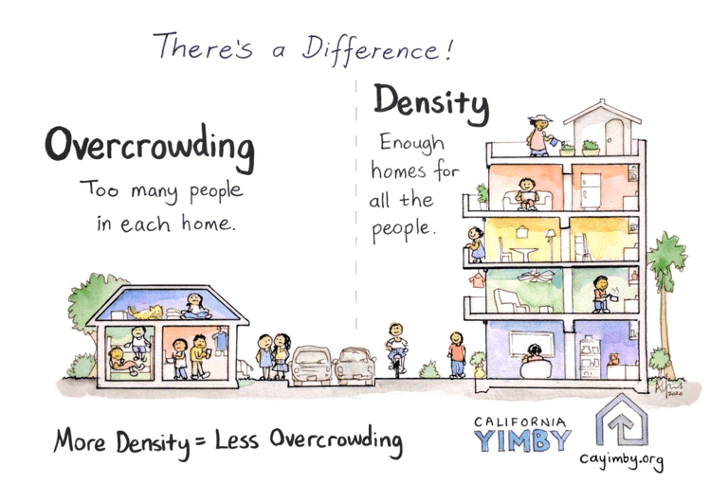
Behind the words: density

German metropolises and the affordable housing crisis

Berlin Focus
La Fabrique de la Cité
La Fabrique de la Cité is a think tank dedicated to urban foresight, created by the VINCI group, its sponsor, in 2010. La Fabrique de la Cité acts as a forum where urban stakeholders, whether French or international, collaborate to bring forth new ways of building and rebuilding cities.























